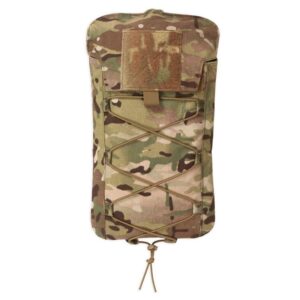How to Organize Outdoor Gear
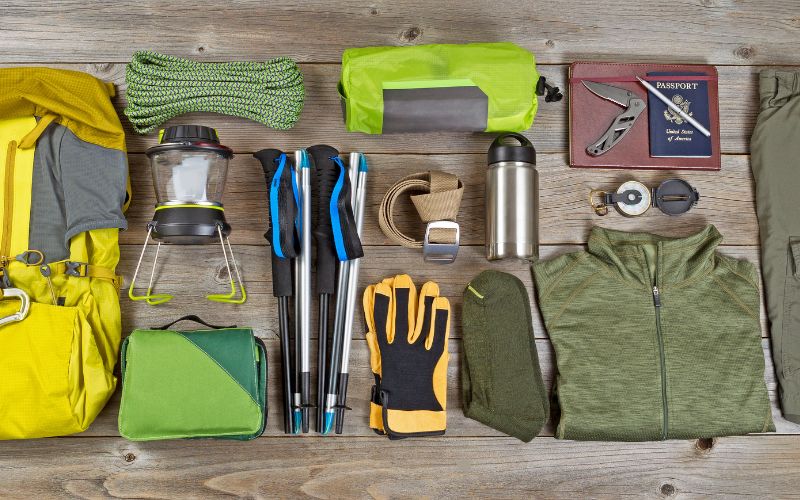
If you are an outdoor enthusiast, you have likely acquired a vast assortment of gear. Camping gear, hiking equipment, climbing tools, and more are perhaps as diverse as your travel-seeking personality. While the right equipment simplifies any adventure, unorganized gear can make preparing for trips or locating specific gear a nightmare. Organizing outdoor gear properly will determine maximum space utilization, ensure easy access to all gear, and guarantee your equipment stays pristine.
This guide helps you organize your outdoor gear to fit any space and mission. Here’s how to create a functional storage system and keep things organized.
1. Declutter and Assess Your Gear
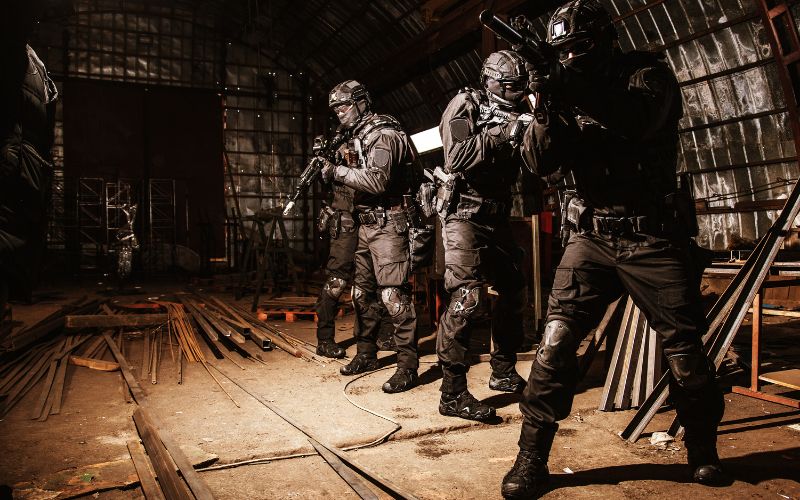
Start by completely cleaning out your inventory. It’s easy to collect clutter because it may take some time to sort through and recycle much of the tactical gear that no longer works, is a duplicate of something similar, or is unused. Clear out the entire stash of outdoor gear in closets, garages, and maybe even the trunk of your car, and go through each piece one at a time.
Ask yourself:
- Does this piece still work?
- Have I used it in the past year?
- Do I have two or more of these items?
If the answer is no, it is time to sell, donate, or discard those items. Keeping only your gear will make organizing much easier and more efficient.
2. Organize by Activity
Sort your equipment into various groups of activities depending on the type of military activity. Some common groupings could include;
Field Operations: Tents, sleeping bags, portable stoves, cookware, rations
Patrol/Recon: Backpacks, tactical vests, boots, goggles
Tactical Operations: Body armor, helmets, radios, weapon accessories including sights, slings, and others
Climbing/Assault: Harnesses, ropes, carabiners, breaching tools
Water Operations: Inflatable boats, paddles, wetsuits, snorkels, fins
Cold Weather Operations: parkas, gloves, boots, thermal layers, snowshoes.
3. Assign a Dedicated Gear Storage Area
The most important thing is a dedicated space for outdoor gear. Ideally, this should be in a garage, basement, or a dedicated closet space where everything can be stored together. If you do not have such a big space, do not worry—this smart storage can even optimize what you have.
For instance, larger spaces such as garages can utilize shelving units, wall-mounted racks, and storage bins to keep gear accessible and organized. For smaller spaces, like closets, you may also use hanging organizers, stackable storage boxes, and under-the-bed storage for seasonal items. The goal is to make the most of your space and leave a place for everything.
4. Buy Clear Stackable Bins for the Small Stuff
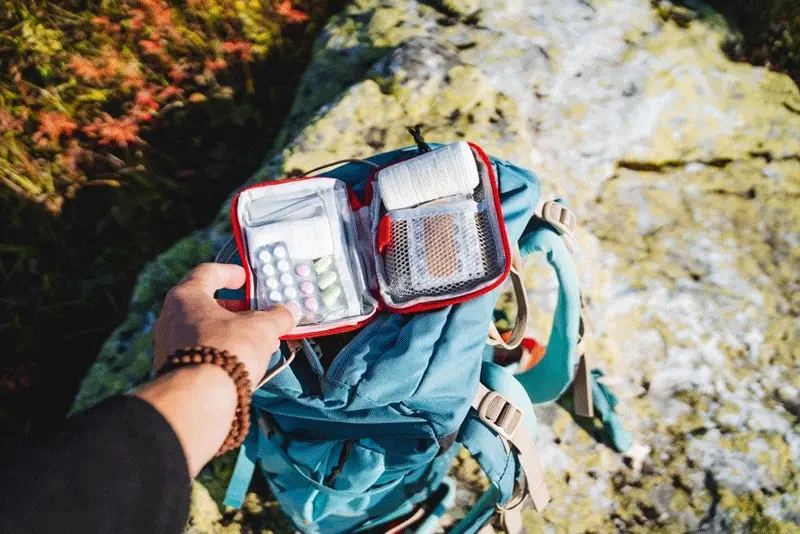
Small things such as first aid kits, climbing chalk, or camping utensils may need to be more organized in the big space. Invest in clear, stackable bins to tidy up all those little items. Label the bins by category or specific items, such as “Cooking Supplies,” “Navigation Tools,” or “Safety Equipment.”
Tidy bins allow you to see what’s inside at a glance without opening every single one, saving precious time when gearing up for an adventure. Stackable bins also maximize vertical storage space, particularly in cramped areas.
5. Use Pegboards and Hooks well for hanging items
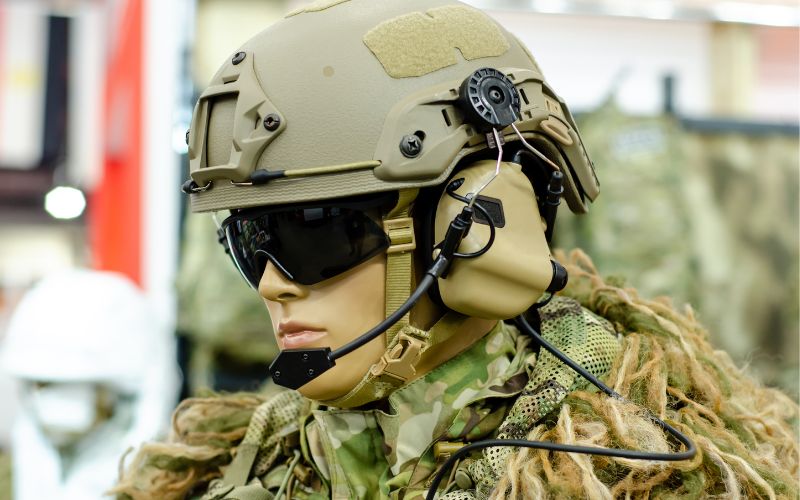
Wall-mounted pegboards and hooks are the best organizers for outdoor gear, especially larger items like backpacks, climbing ropes, helmets, belts, and jackets. Hanging items keeps them easily accessible but reduces wear and tear when compressed into tight areas.
Hang your most frequently used items, like daypacks or hiking poles, with hooks so you can reach them without getting out of arm’s reach. Pegboards can also be accented with baskets or shelves for smaller items, making them a highly flexible solution to any size gear collection.
6. Organize by Seasonality for Easy Access
Only some things need to be stored and used throughout the year. Many people will have seasonal gear, which is used only during part of the year. Organize your gear storage space according to seasonality so off-seasons can go into less accessible spaces. That way, you won’t have to dig through off-season gear to prepare for the season. By placing off-season items in less accessible areas, such as higher shelves or the back of closets, you create a more efficient system. This method facilitates easier access to the necessary equipment and prevents the hassle of rummaging through off-season belongings when preparing for the upcoming season.
7. Label Everything
One of the simplest yet most efficient hacks for organizations is labeling. Clear labeling for each storage area ensures you know exactly where everything goes, whether using bins, shelves, or drawers. This will especially be important if you share your gear storage space among family members or friends since everyone can follow the system you’ve put in place.
It also has plus organization through color-coded labels for various gear categories, such as blue for camping gear, red for climbing gear, and green for water equipment.
8. Create a Maintenance Schedule for Gear
Although organizing your gear is not strictly for neatness, it is also about ensuring it is well maintained and, therefore, still functional. Have a gear maintenance routine which might include:
- Cleaning and drying the tents, sleeping bags, and backpacks after each trip
- Inspection of damaged or worn-out parts in equipment such as climbing ropes, harnesses, and camping stoves
- Battery replacement on headlamps, GPS devices, and emergency beacons
- Gear maintenance is not infrequent. This would increase the lifespan of your gear and guarantee that it will be operational when needed. You also save yourself from the shock of finding broken or damaged gear just before travel.
Optimize the use of the available space using the vertical solutions for gear storage. Now, tiny stuff can be stored hanging with some options, like an over-the-door shoe rack or some hanging net that you could hang in the corner to store your headlamp, gloves, or a few small bits of camping cookware. The more stuff you can lay out vertically, the more open floor space will be available for truly large items or activities.
9. Set up a Packing Station
If you go on many outdoor adventures, a dedicated packing station makes leaving much easier. A trending gear packing station is as simple as a designated table or work surface where you lay out and check items off your packing list.
Store your most commonly used travel bags, packing cubes, and checklists here so it will be easy to prepare for the next trip. This is also where you might store frequently used gear near the station, such as sleeping bags, tents, or travel-sized toiletries, so you have everything you need when preparing for that next adventure.
10. Using multi-use storage solutions
Flexibility is key in outdoor gear. Storage solutions should accommodate changing and developing the gear according to every phase of needed use. Adjustable shelving units, modular bins, and collapsible containers are all great examples of flexible storage solutions.
If your storage needs vary seasonally, multi-use systems allow you to reconfigure them without purchasing new ones every time. This is handy when you combine yearly activities such as hiking, skiing, and camping.
11. Become an Organizing Habit-Forming Professional

Consistency is the key to keeping an orderly outdoor gear setup and maintaining your fitness workout routine. Take a few minutes after each return to clean, inspect, and put your gear back in its designated spot. The more consistently you do this, the less likely your storage space will become cluttered over time.
Begin by establishing a habit of checking your gear layout every six months, discarding those items you no longer require, and rearranging your storage based on how you will use the items. Repeating this will make your gear storage functional, neat, and ready for adventure.
Conclusion
You should find managing your outdoor gear easy. Decluttering, categorization, and smart storage solutions can create an efficient access system that collects all your adventure essentials in one place. With a huge garage or a small closet, these tips will see you fully organized and geared up for your next outdoor adventure. A well-kept and well-organized gear setup means less time spent searching and more exploring. Let’s start today and enjoy the peace of mind from a streamlined, adventure-ready storage space.
Frequently Asked Questions
How to Store Outdoor Gear in a Small Space?
Start using some vertical storage like wall-mounted shelves and hooks. Clear, stackable bins with hanging organizers work well for little stuff. Get creative with under-bed and over-the-door storage to free up real estate.
How do you organize gear for particular activities?
Group gear by activity—camping, hiking, climbing—and season. Label the bins or shelves to correspond. Store off-season gear out of the way, and put frequently used gear in an easy-to-reach location.
How do you take care of your outdoor gear?
Make sure to wash and dry all your gear after every trip. Check for damages and maintain your equipment accordingly by sharpening your tools, replacing the batteries in some, and repairing wear and tear. And that is how you keep your gear in top shape.

